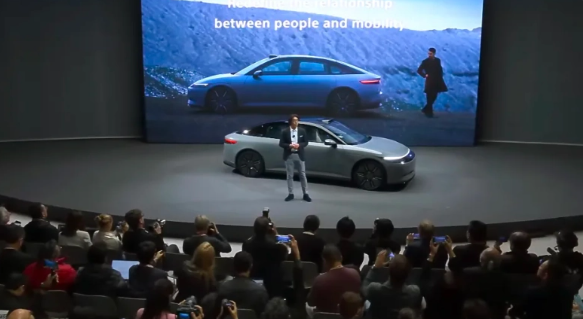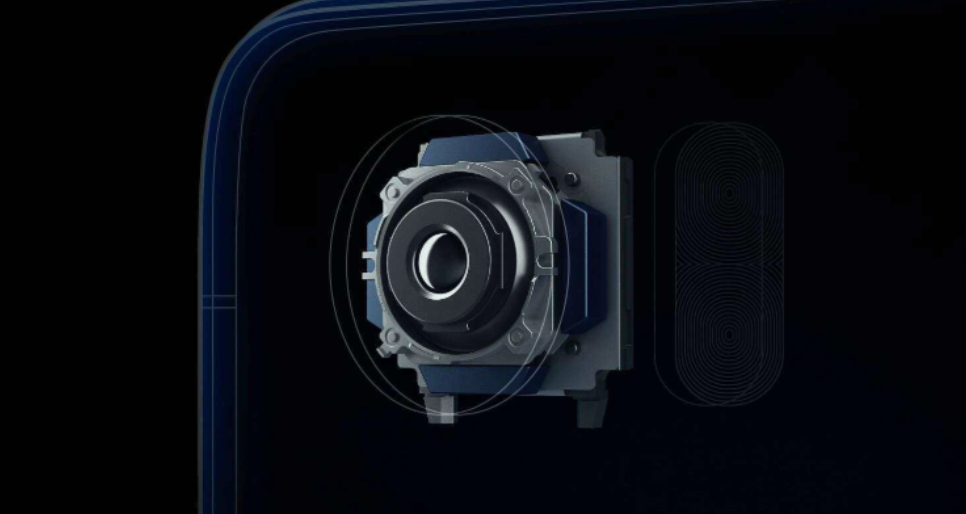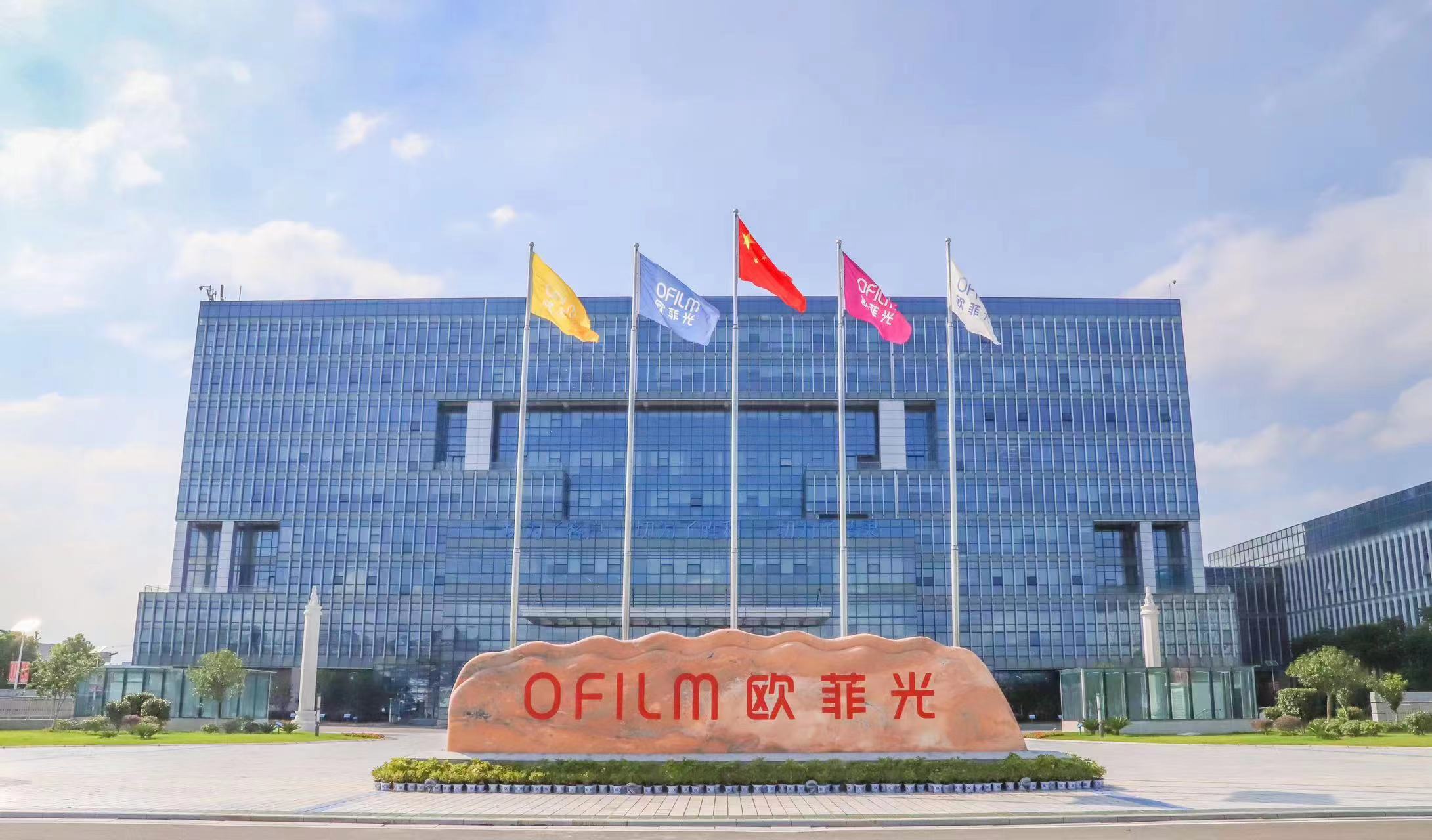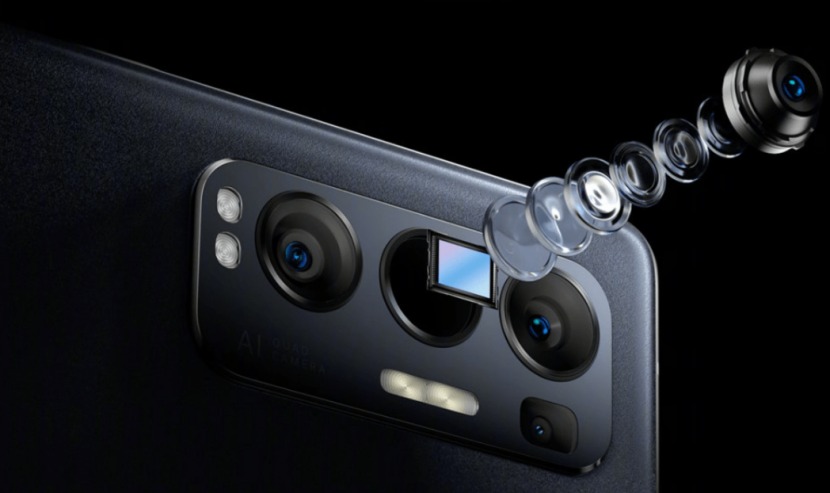As predicted in a tweet by 'Trend Vision and Perception' ten days ago, there's a rapid technological shift in mobile phone cameras moving from multiple lenses ('multi-P') to glass-plastic hybrid lenses.
On November 29th, Tianfeng Securities analyst Guo Minghao wrote that Huawei's upcoming P70 Art phone, just like Apple's iPhone 15 Pro Max, will feature glass-plastic hybrid lenses. Other high-end models from various brands might follow suit, marking a critical new trend in the mobile camera industry.

Guo Minghao revealed that the 1G+6P lens configuration in Huawei's P70 Art costs around $12 per unit in the sampling phase. With subsequent benefits from improved yield rates and increased production, the cost is expected to decrease to $6-7.
However, a point made by Guo in his article faced skepticism from some lens industry professionals, stating that 'glass-plastic hybrid lenses initially use molded glass, rather than the less effective wafer-level glass (WLG).'
A senior executive from a leading optical lens manufacturer expressed that 'currently, the material composition and performance of glass-plastic hybrid lenses in the market do not have significant differences.'
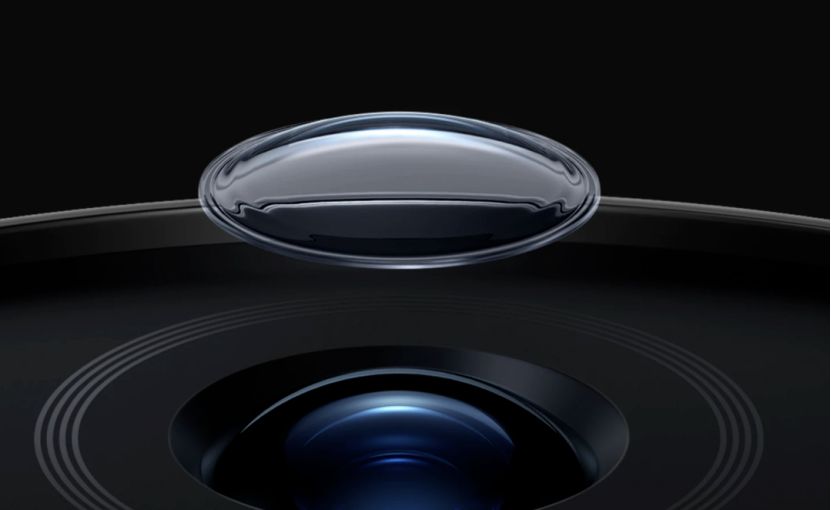
Historical records indicate that the development of lenses dates back to the mid-20th century but wasn't widely favored in the smartphone field years ago due to issues like low yield rates and high costs. Insights from industry chains reveal that after years of refinement and accumulation, glass-plastic hybrid technology has gradually matured. It serves as a robust complement to mainstream lens products and even as a key weapon in the high-end smartphone market.
During the evolution and transformation process,here are some things to note about glass-plastic lenses:
Top three global lens manufacturers have all strategized
In terms of shipments, Largan Precision, Sunny Optical, and AAC Technologies' Cherrycrystal Optoelectronics rank as the top three in global mobile phone lenses. All three have specific strategies and mass production plans in the glass-plastic hybrid lens field.
According to insights from Trend Vision and Perception, Largan Precision is widely recognized for its technical advantage in plastic lenses and has long been Apple's 'love-hate' partner. Sunny Optical began supplying lenses to Apple in 2020 and boasts multiple products, clients, and business dimensions. Cherrycrystal Optoelectronics has the most significant effort in promoting glass-plastic hybrid technology, making it the most powerful force in reshaping the optical industry landscape.
Three technological paths
Regarding the main manufacturing processes of glass lenses, there are currently three methods: GMO molded shaping, WLO wafer-level optical component technology, and WLG wafer-level glass technology. Cherrycrystal Optoelectronics is the only global enterprise mastering WLG wafer-level glass technology, with its first WLG glass-plastic hybrid lens project achieving shipments in 2021.
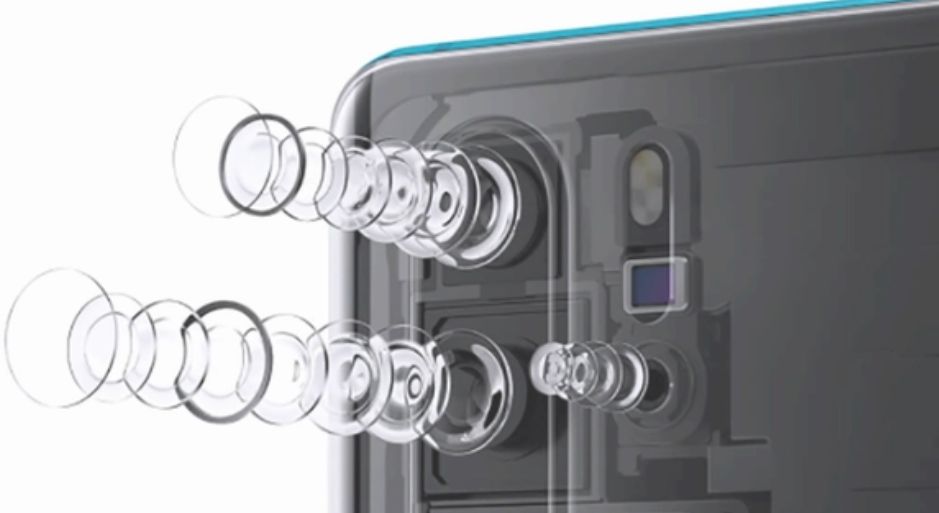
Some industry views indicate that, as traditional technology, the production capacity of GMO theoretically lags behind WLG. However, the final outcome depends on specific project applications and data.
Trend Vision and Perception believe that whether GMO or WLG, both are just methods for manufacturing glass lenses. The focus shouldn’t be on the superiority of the technology. The key point in choosing the technology lies in maintaining stability and high yield rates in large-scale production; otherwise, it might not meet the shipping requirements of major terminal manufacturers.
More than a dozen smartphone brands equipped
According to incomplete statistics from Trend Vision and Perception, there have been at least 12 smartphones in the market in the past three years using glass-plastic hybrid lenses. This includes several well-known brands like Xiaomi, Sony, vivo, and Transsion.
Looking at specific models, the Redmi K40 series holds the record for the highest shipments in the millions.
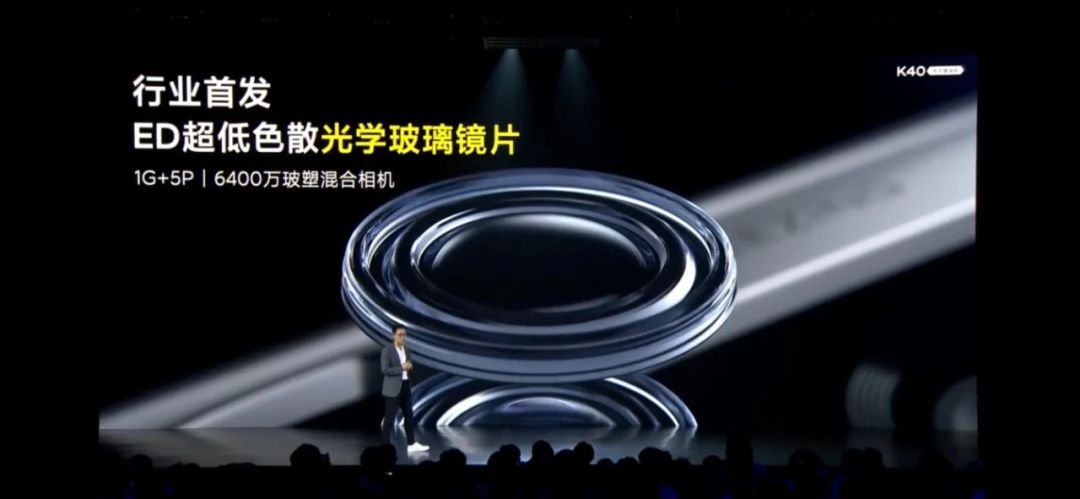
When the Redmi K40 was first released, former Redmi brand manager Lu Weibing posted on Weibo, 'From all-plastic lenses to 'glass+plastic' hybrid lenses, Redmi K40 Gaming Enhanced Edition is just the beginning. I believe this will be a major trend and direction.
As one of the top three global smartphone manufacturers, Xiaomi has always been a follower of glass-plastic hybrid lens technology. The MIX Fold 3 released in August this year also used WLG glass-plastic lenses for the first time in the foldable screen segment.
Non-mobile applications are opening up
Compared to traditional plastic lenses, glass-plastic hybrid lenses offer advantages like larger aperture, higher resolution, lower thickness, and minimal temperature drift. In non-mobile fields, this product line's application has gradually opened up.
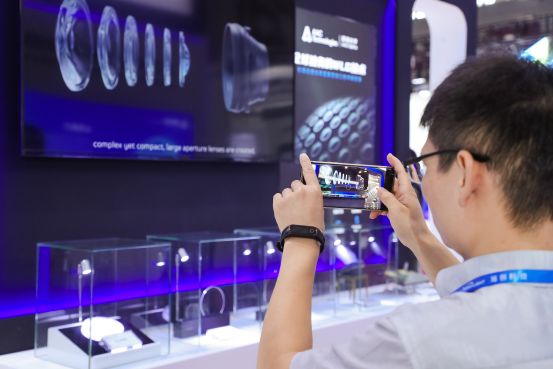
According to Trend Vision and Perception, current active players like Cherrycrystal Optoelectronics, Yutong Optics, Lens Technology, Zhongrun Optics, and Joint Optoelectronics are actively deploying glass-plastic lens products in niche markets such as surveillance and security, digital cameras, and DSLR cameras. These products are expected to be further mass-produced and popularized
Dr. Shi Rongbao, Deputy General Manager of Cherrycrystal Optoelectronics' business unit, pointed out that, technologically, glass-plastic hybrid lenses can be widely used in multiple fields like smartphones, AR/VR, LiDAR, automotive, drones, action cameras, biomedicine, and optical communication."


